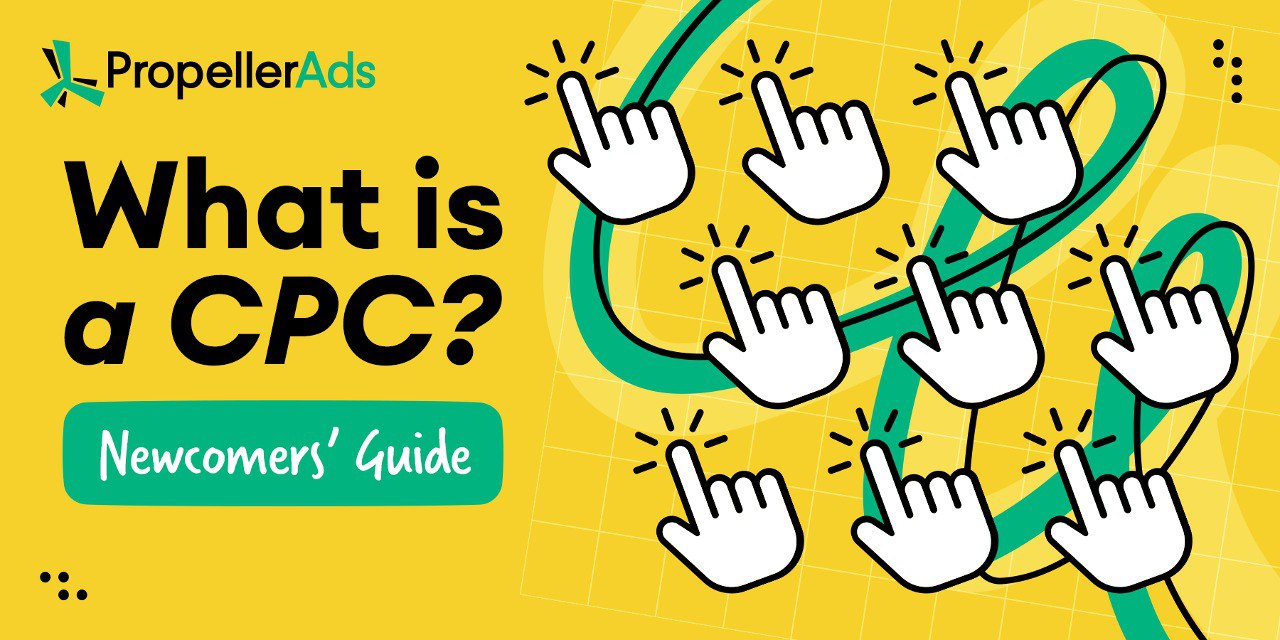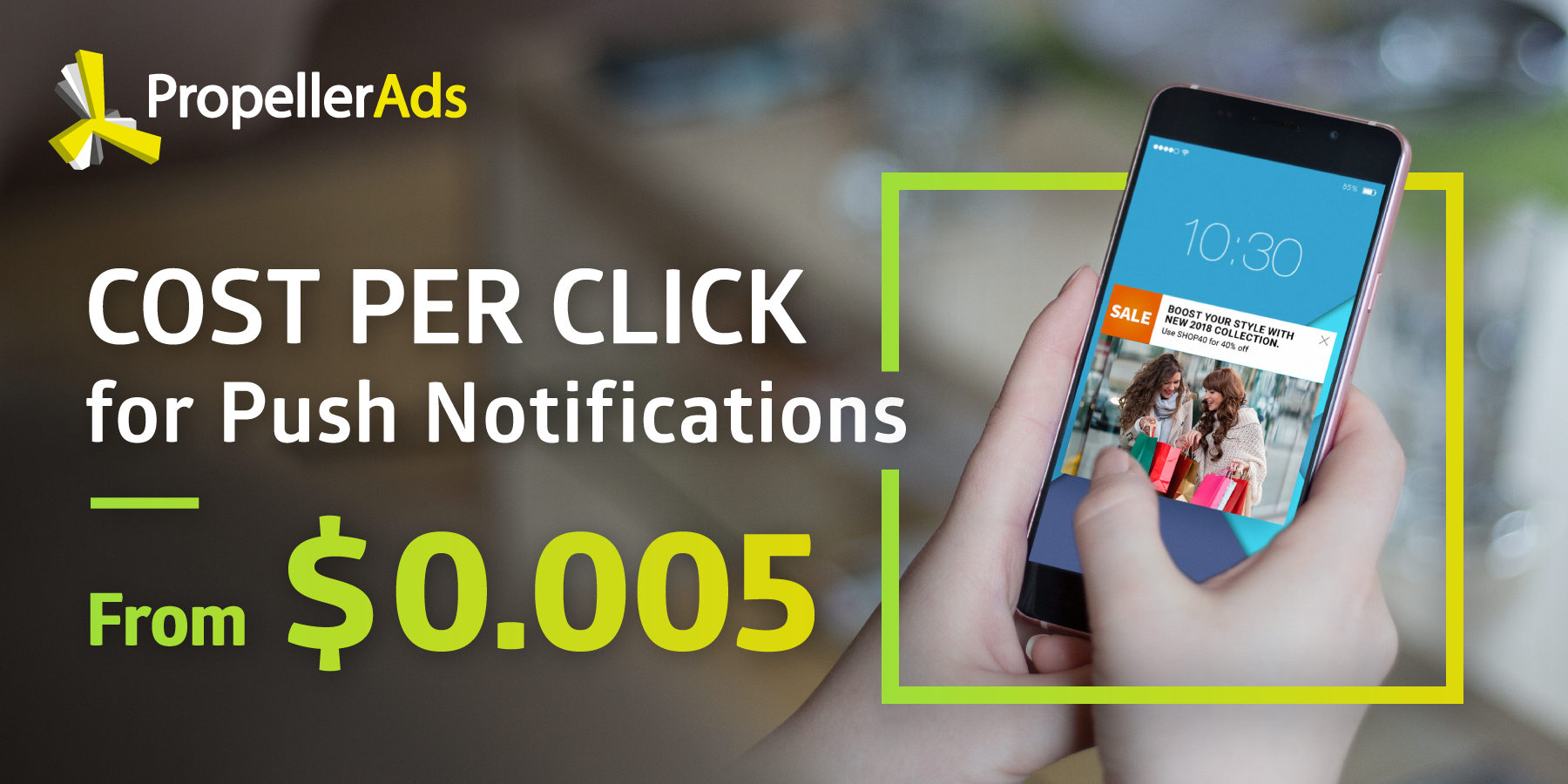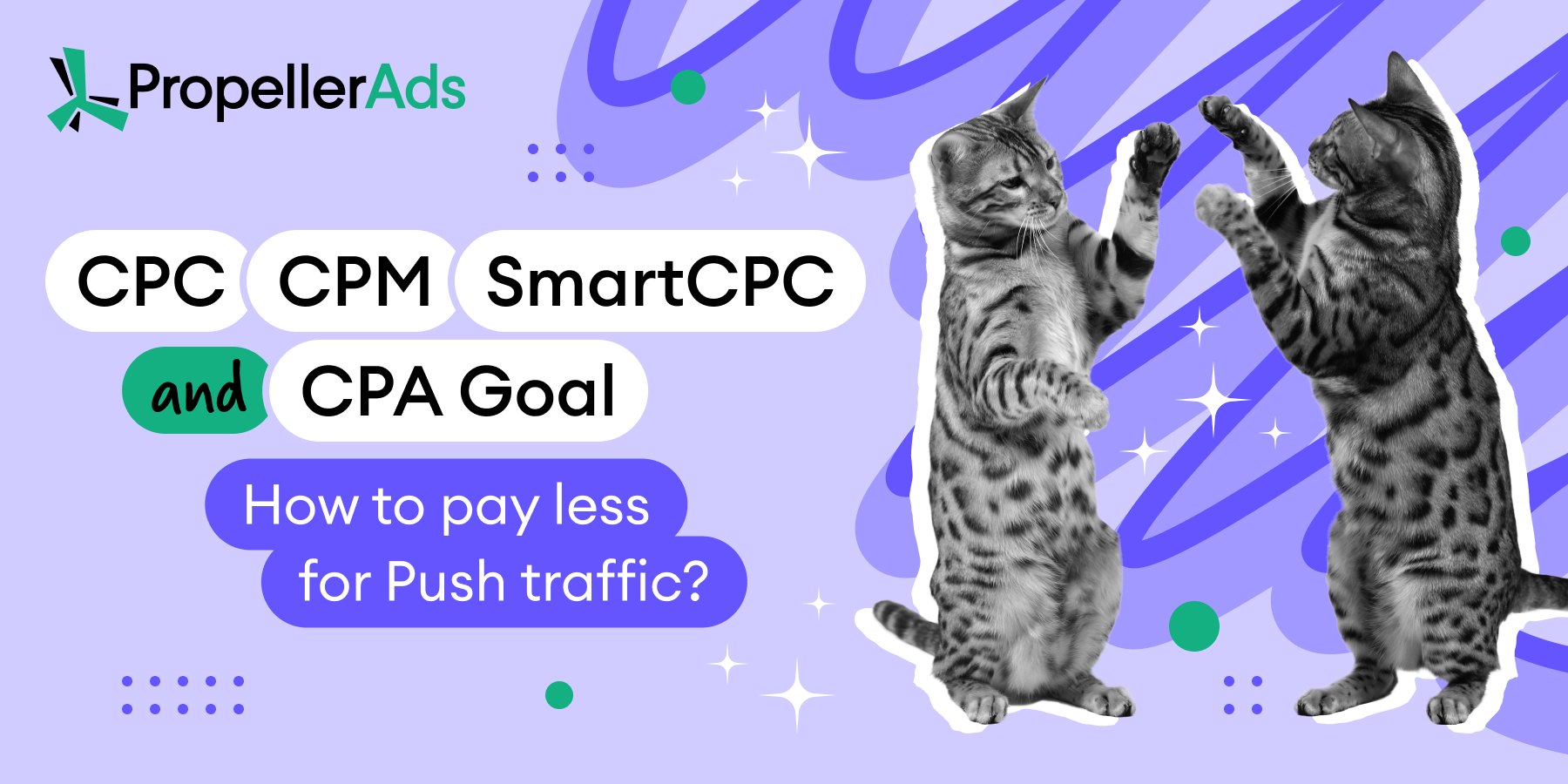Newcomers’ Guide: What Is a CPC (Cost-per-Click) Payment Model?

This post is also available in:
PT
ES
Welcome to the exciting world of performance-based marketing, where every click counts. If you’re new to affiliate marketing, you might be wondering about CPC or Cost-per-Click. Don’t worry; we’re here to make it simple.
In this beginner-friendly guide, we’ll break down the nuts and bolts of CPC advertising, explore its benefits and potential challenges, and show you how it can be a powerful tool for achieving your marketing goals.
What is CPC (Cost-per-Click)?
So you’re probably asking yourself, what is cost per click? It’s a performance-based advertising model where advertisers pay a fee each time their ad is clicked.
It’s simple: you, the affiliate, promote an advertiser’s product or service through a unique link. When someone clicks on your link and lands on the advertiser’s page, you earn a commission. That’s the whole point of what is a good CPC.
CPC Costs: The CPC Formula
Now, let’s talk about the cost. In the world of CPC advertising, you participate in auctions for ad placements. Advertisers set bids and compete against other advertisers targeting the same keywords or audience. The higher the competition, the higher the bids are.
But what determines how much you’ll pay per click for your CPC marketing campaign? The CPC formula provides some insight:
CPC = Ad Rank of the Competitor Below You / Your Quality Score + $0.01
Let’s break down what each of these components means:
- Ad rank: This is a value assigned to your ad based on your bid amount and your ad’s quality score. The higher your ad rank, the better your ad position.
- Quality score: This is a metric that search engines and ad platforms use to assess the relevance and quality of your ads and landing pages. A higher quality score can lead to a lower CPC.
- Competitor below you: This refers to the ad that’s ranked directly below yours in the ad auction. Your CPC is influenced by their ad rank and your quality score.
- $0.01: This is a small increment added to ensure that the winning bidder pays slightly more than the next highest bidder.
Of course, CPC can be both good and bad. Naturally, you’ll be after the good ones. A “good” CPC varies depending on your industry, target audience, and profit margins. However, a general rule of thumb is to aim for a CPC that allows you to achieve a positive return on investment (ROI).
The Mechanics of CPC: How it Works
The mechanics behind this payment model might sound complicated, but we’ll break it down into a few simple steps:
- Ad creation: As an affiliate marketer, you partner with an advertiser or an affiliate network and create compelling ads that promote their product or service. Each ad will contain a unique tracking link that identifies you as the affiliate.
- Ad placement: Your ads are then displayed on various platforms, such as search engines, social media networks, or websites relevant to your niche. The placement of your ads is often determined through an auction process.
- Clicks and tracking: When a user sees your ad and clicks on it, they’re directed to the advertiser’s landing page. This click is tracked by the affiliate network or platform, ensuring that you receive credit for the referral.
- Conversion and commission: If the user completes a desired action on the advertiser’s landing page, such as making a purchase or filling out a lead form, you earn a commission.
- Payment: The affiliate network or platform tracks your commissions and pays you according to their payment terms, usually every month.
Google Ads Cost Per Click
When it comes to PPC advertising, Google Ads is a platform that no advertiser can afford to ignore. But what about the cost?
Ad placement on platforms like Google Ads is often determined through an auction process. Advertisers bid on specific keywords or ad space, and the highest bidder’s ad is displayed in the most prominent position. However, the auction also considers factors like ad relevance and quality score to ensure a positive user experience.
The average cost per click on Google Ads can vary widely depending on the industry, competition level, and keywords you’re targeting. According to recent data, the average CPC for Google Ads in 2024 is $1.43.
CPC: Weighing the Pros and Cons
CPC, like any advertising model, comes with its own set of advantages and drawbacks. And if you want to get into the world of CPC, you need to know both sides of the coin.
Advantages of CPC
- Targeted traffic: By bidding on specific keywords and demographics, you can make sure your ads are shown to the people who are interested in what you’re promoting.
- Cost control: With CPC, you set the maximum bid you’re willing to pay for each click, ensuring you never overspend.
- Measurable results: With CPC, you can track every click, impression, and conversion. This data allows you to measure the effectiveness of your campaigns and make data-driven decisions.
- Flexibility: CPC campaigns are incredibly flexible. You can easily adjust your bids, targeting, and ad creatives in real time to respond to market trends and improve your performance.
Potential Drawbacks of CPC
- Click fraud: Click fraud, where bots or malicious users intentionally click on your ads to deplete your budget, can unfortunately happen. And while most ad networks and platforms have measures in place to detect and prevent click fraud, it can still happen.
- Competition: Popular keywords can be highly competitive, driving up CPC costs.
- Requires ongoing optimization: Successful CPC campaigns require constant monitoring and adjustment. You’ll need to analyze your data, tweak your targeting, and refine your ad creative to ensure you’re getting the most out of your budget.
Achieving Your Goals with CPC
CPC isn’t just about clicks; it’s a versatile tool that can help you achieve various marketing objectives in the affiliate world:
- Brand awareness: Want to get your brand name out there? CPC campaigns on high-traffic platforms can boost visibility and reach a wider audience, even if they don’t click on the ads.
- Lead generation: Pair your CPC ads with enticing landing pages and lead capture forms to build your email list or gather valuable customer information.
- Sales and conversions: Drive direct sales and maximize ROI by optimizing your ads and landing pages for conversions. Focus on clear calls to action, attractive offers, and a smooth user experience.
CPC can be tailored to fit your specific marketing goals. You just need to align your campaigns with your objectives and fine-tune your strategy to achieve optimal results.
PropellerAds SmartCPC
If you’re looking to optimize your CPC campaigns and achieve higher returns, check out PropellerAds SmartCPC. This innovative bidding model leverages advanced algorithms to adjust your bids in real time, focusing on clicks most likely to convert.
With SmartCPC, you can:
- Save time and effort with automated bid optimization
- Maximize conversions by targeting high-intent users
- Boost your ROI with data-driven bidding strategies
While platforms like Facebook offer traditional CPC bidding, SmartCPC takes it a step further by dynamically adjusting your bids based on conversion probability. This can lead to more efficient ad spending and lower your average Facebook cost per click, improving ROI.
Conclusion
CPC empowers you to attract targeted traffic, control costs, and measure success, making it an ideal starting point for affiliate marketers.
With dedication and smart decision-making, you can unlock the full potential of this performance-driven payment model and watch your affiliate earnings soar!
Come join us on Telegram for more insights and communications with fellow-affiliates!




